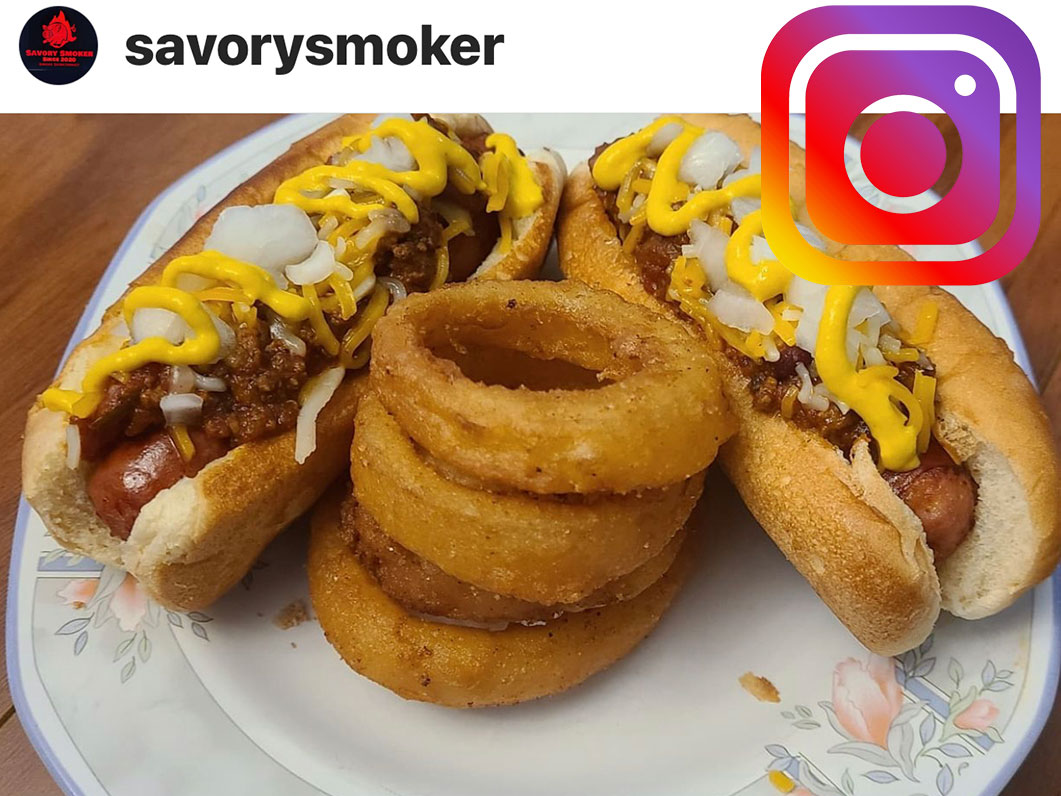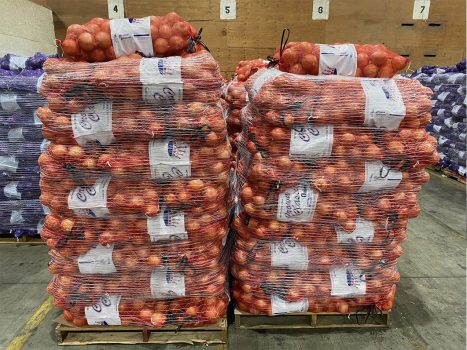We at OnionBusiness mean it when we say, “We are onion advocates!” And we are proud to say our publication pops up either at the top or near the top of internet searches for onions.
So, when we receive questions from consumers, even though we’re a trade publication, we’re happy to chat with folks and steer them to sources that can fully answer their questions. In truth, it happens frequently.
Last week we, and most trade publications as well as mainstream media, posted a story about the FDA/CDC alert on a possible Salmonella outbreak and the resulting voluntary recall of onions grown in and imported from Chihuahua, Mexico. In the days following our post, OnionBusiness received numerous phone calls and emails from people wanting clarification on the issue.
“What’s safe and what isn’t? Do I have to throw away all my onions?”
The questions definitely got our attention.
Publisher Sherise Jones answered each call and email with a positive response. She asked for the labels on the onions in question and suggested that the consumer compares with those labels provided by the CDC/FDA alert. If the labels matched, Sherise advised, as the CDC and the FDA did, that the onions be thrown out. Also in following CDC/FDA guidelines, if the onions were labeled as being from Chihuahua, Mexico, she advised they be discarded.
Simultaneously, another onion-related media event started gathering steam in a most positive way. On Instagram alone, there have been more than 2,500 positive posts about onions since Oct. 20. We’ve included over 60 at the conclusion of our story.
Of the thousands we viewed, we saw beauty shots of onion fields, one with the very proactive message of third-party testing for pathogen-free product (shoutout to Snake River Produce). There are product shots of whole onions and prepped onions. Info on the health properties specific to onions – the vitamin C content and the importance of quercetin. Quercetin is a powerful, natural anti-inflammatory that fights both viruses and infections. In fact, onions are listed as the top source of the nutrient by WebMD: “All onions contain quercetin, but since it’s a pigment, red and yellow onions contain the most. To keep the quercetin, peel off as little as possible of the outer layers. Onions contain many other vitamins and minerals, and they are especially rich in vitamin biotin.”
Planting shots. Shots of stickered onions on retail shelves, with safety assurances (shoutout to Adams Fairacre Farms). Fall planting guides for home gardens. Onion paintings (shout out to the artists who were influenced by the Dutch masters’ use of light and shadow – beautiful).
Onion humor – a good meme is worth its weight in crypto.
And recipes that provide the perfect lead-in to the winter holidays. Every cuisine under the sun is represented, but of course, there’s trending to traditional at this time of year. Stuffing and other sides. Salads. Appetizers.
The essentials.
We are so gratified to see the coming-together not only of people who grow and sell our favorite vegetable but also of those who simply love onions for their versatility in every menu, every meal, every day.
It’s an uplifting movement of messaging, and we want to urge everyone to take part in it. If your company is active on your own website and on social media, bump it up a notch. If you have been reaching out to customers and maybe even to local/regional media, think about expanding your horizons.
Don’t be shy about shouting from the rooftops about how proud you are to participate in Primus audits, food safety programs, and other measures to keep your product safe and healthy. Share the details about all you do to provide a healthy and superior onion.
We have a superb product, one that didn’t falter during the pandemic’s darkest days and won’t falter now.
The message is ours to share. Let’s do it!



